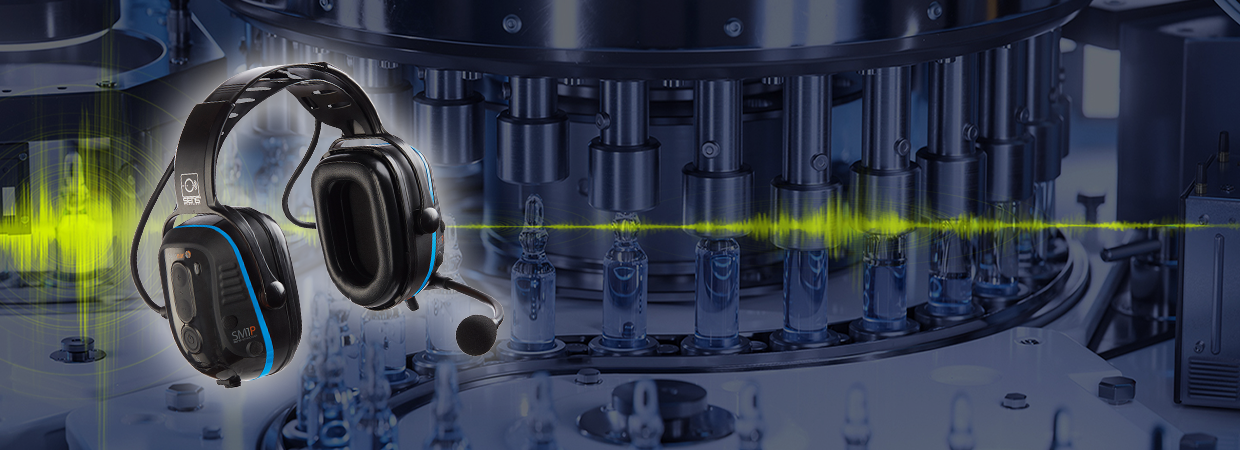- Home
- Blog
- Situational Awareness
- Listen Up! Situational Awareness Can Coexist with Hearing Protection

Listen Up! Situational Awareness Can Coexist with Hearing Protection
Can workers protect their hearing and stay alert to workplace hazards? Yes, they can, with the proper hearing protection equipment, safety training, and situational awareness.

Pilots, soldiers, and police officers know how important situational awareness is to their survival on the job. But from a general health and safety perspective, it has a more universal application one occupational safety online piece describes it this way:
"Situational awareness means being aware of the surrounding conditions in your immediate work area and recognizing and dealing with unsafe work conditions before they become an issue…"
The Elements of Situational Awareness
The OSHA briefing highlighted the importance of recognizing 5 levels of situational awareness employees tend to exhibit while interacting with and reacting to their work environment:
-
They can be tuned out. The mind drifts and the body works on automatic. Tuned-out workers are accidents waiting to happen.
-
They can be in a relaxed awareness state. The worker is relaxed but pays attention to any potential dangers on the job. This state leads to a higher level of efficiency and the forestalling of fatigue.
-
They can be focused and fully aware. The worker may have an inordinate fear of heights or of enclosed spaces. The focused state is fine for self-preservation but can be exhausting and lead to fatigue that results in accidents.
-
They can go on high alert. Survival instincts and training kick in and the worker becomes hyperaware of the situation. This is where the best training programs result in inappropriate responses by the worker.
-
They can be in the "senseless" mode. The worker is unconscious or falls asleep on the job. In either case, the brain has stopped doing what it needs to do to react to the danger or hazard.
Employers should keep foregoing in mind in their employee training. At worksites where simultaneous operations are underway, the best safety training concentrates on numbers 2 and 3. Number 4 is all about emergency response to prevent number 5. Number 1 can never be tolerated.
Hearing Protection Complicates Matters

So in the psychology of natural adaptability of workers to their surroundings, Situational Awareness is another tool in keeping them safe. Sometimes, however, the need for hearing protection equipment can be a challenge. Traditional noise-canceling headsets and earplugs tend to further isolate workers from their environment. There is a balance between situational awareness and hearing protection that is difficult to maintain especially in extreme environments with very high noise levels where dual protection may be required.
Recently, there has been a trend towards hearing protection with a built-in situational awareness feature. The logic is that equipping workers with hearing protection without situational awareness is like giving them eye protection that blinds them or gloves that do not allow them to hold and grab items.
Where Dual Hearing Protection is Warranted
Managers at noisy facilities where tank cleaning, motor run-ups, or especially loud tools like jackhammers are present face insurmountable noise engineering challenges.
Learn how vibration has been found to worsen the effects of hearing loss in a recent study.
Often, however, hearing protection equipment--and in extremely high noise environments--dual protection will be the only means to achieve the optimum hearing conservation. OSHA regulations for the general industry do not mandate dual protection. However, in mining operations governed by MSHA, noise exposures over 105dB require dual protection and NIOSH has weighed in by recommending dual protection for any noise exposure over 100dB.
Disadvantages of Conventional Dual Protection
Conventional dual protection, however, does pose the problem of reduced Situational Awareness. Wearing earplugs and earmuffs together isolates the wearer. The worker cannot communicate easily or hear warning signals. (See this Industrial Safety & Hygiene News online article on the pitfalls of overprotection as well as how to balance the need for sound protection vs. situational awareness). For those that require it, there are some products available that combine 360° Situational Awareness with dual protection and also allow for various types of communication.
High-Noise Communication Solutions
In those environments where dual protection is neither mandated nor necessary, there are high-noise communication solutions. The solutions allow:
- Face-to-face communication
- Communication over short-range intercom technologies
- Long-range communication when connected to a two-way radio or cell phone
- Max noise output into the listener's ear at a safe level of 82dB(A) in a noise environment of 105dB(A)
- A 360° binaural hearing experience for optimum situational awareness
Sensear has all of the above. Check out our line of smart earplugs and smart headsets. Looking for a headset that has all the above features? Check out the top-of-the-line SM1P recently released by Sensear.
Want More Information?
Contact us and we'll call you within one business day. Fill out our contact form and our expert will be in touch. We're looking forward to hearing from you to help you meet your hearing conservation program needs.







